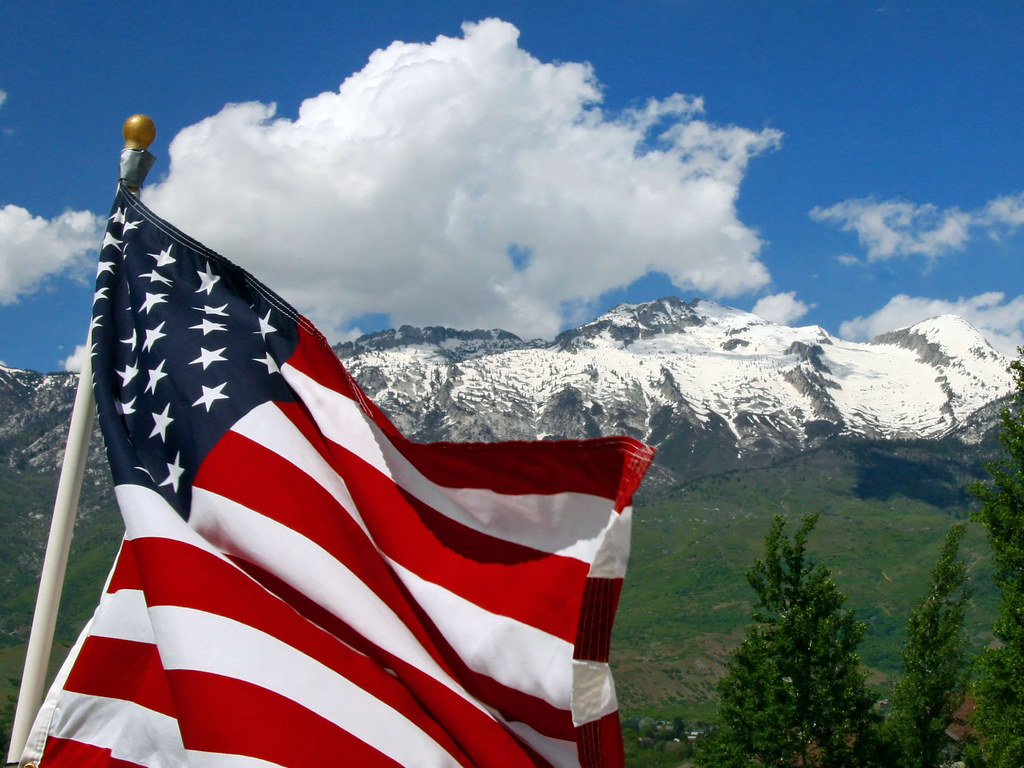

It was titled Materna and was first published in 1910. The original melody was written in 1882 by Samuel Augustus Ward, a composer and organist. It was then and there, as I was looking out over the sea-like expanse of fertile country spreading away so far under those ample skies, that the opening lines of the hymn floated into my mind.” We were hoping for half an hour on the summit, but two of our party became so faint in the rarified air that we were bundled into the wagons again and started on our downward plunge so speedily that our sojourn on the peak remains in memory hardly more than one ecstatic gaze. Prairie wagons, their tail-boards emblazoned with the traditional slogan, “Pike’s Peak or Bust,” were pulled by horses up to the half-way house, where the horses were relieved by mules. There is a plaque there today and the story is best told by Katharine herself: “We strangers celebrated the close of the session by a merry expedition to the top of Pike’s Peak, making the ascent by the only method then available for people not vigorous enough to achieve the climb on foot nor adventurous enough for burro-riding. She made a trip to the summit of Pikes Peak in Colorado, which was her inspiration for the lyrics to America the Beautiful. It was originally published in the July 4 th edition of The Congregationalist, 1895.īates was a teacher and professor of English at Wellesley College, poet and author of books such as America the Beautiful and Other Poems, which was published in 1911. The words of this song came from a poem of the same title by Bates. Katharine Lee Bates (1859 -1929), wrote the original poem in 1893 and revised it twice in 19. Do you know the story behind this Independence Day song? Alternatively, the hymn can be used alone for a prelude or special music in a textless instrumental setting such as is found in “Let Freedom Ring” for piano.When we hear that first line of one of our most beloved national hymns, the emotions of Love for Country stir within us. Its use can vary from an emphasis on country, as in the handbell medley “Freedom Rings” (which includes MATERNA, AMERICA, and BATTLE HYMN) or an emphasis on God, as in a “Litany for America,” in which the hymn is interspersed with readings and prayers. This patriotic hymn is best suited for Memorial Day or Independence Day. This pairing became very popular during World War I, and has remained well-known ever since. Whichever is the case, it was not published until 1888 in The Parish Choir. Accounts vary on whether he wrote it on his shirt cuff while crossing New York Harbor in 1882, or whether he wrote it in memory of his daughter in 1885. MATERNA, composed by Samuel Ward, is Latin for “motherly” It derives its name from the hymn “O Mother Dear, Jerusalem,” for which it was originally written. However, the second half is always used, replacing the second half of the third or fourth stanzas it is a beautiful prayer.

Bates's original four stanzas are usually printed intact, but the first half of the second (“O beautiful for pilgrim feet”) is omitted in some hymnals because it seems to celebrate the way the white European settlers treated the Native Americans as they took over the American continent. The first half of each stanza expounds on the beauty of some aspect of America, while the second half of each stanza is a prayer for God's blessing on the country. Bates revised her text substantially over the years, and its final form appeared in her history of the hymn for the Boston Athenaeum library in 1918.

Two years later, the text was published in The Congregationalist. Before she boarded the train east, she had written the four stanzas of this hymn, incorporating the images of America that had made an impression on her during her trip. At the end of the summer class, Bates and some Eastern colleagues rode to the top of Pikes Peak, where, as she later wrote, “It was then and there, as I was looking out over the sea-like expanse of fertile country spreading away so far under those ample skies, that the opening lines of the hymn floated into my mind” (as quoted in Companion to the United Methodist Hymnal, Carlton R. The train took her through the vast Kansas wheat fields, which were a new sight to her New England eyes, accustomed as they were to hills and close horizons. Her destination was Colorado Springs, where she was going to teach a summer class, but she stopped along the way at the Columbian World Exposition in Chicago, where the “White City” exhibition made a deep impression on her. In 1893 Katharine Lee Bates, an English professor from Massachusetts, took a trip west.


 0 kommentar(er)
0 kommentar(er)
